The Importance Of Urban Green Spaces: Lessons From The Early Pandemic In Seattle
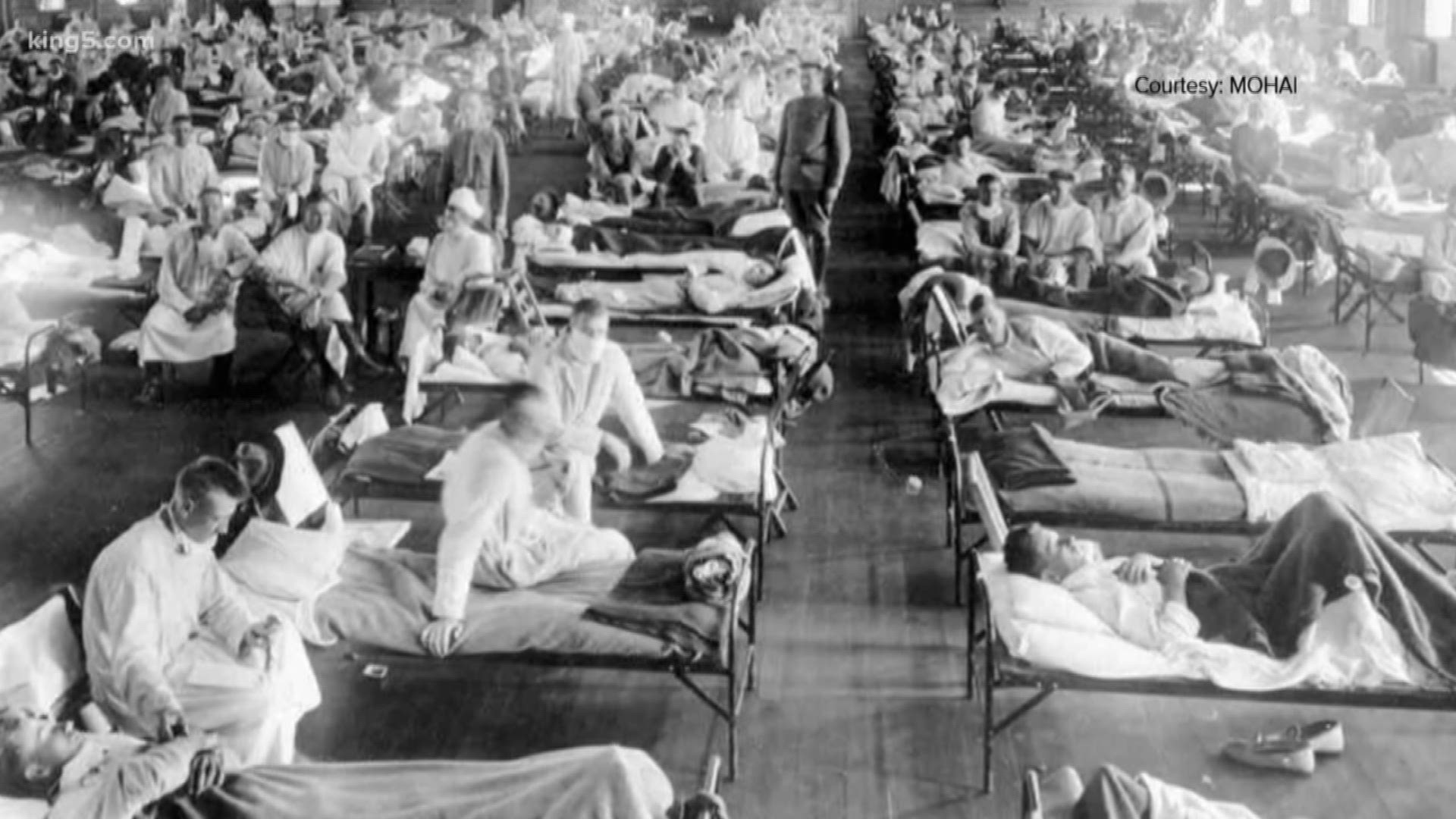
Table of Contents
Increased Demand and Utilization of Urban Green Spaces During Lockdown
The restrictions imposed during the early pandemic dramatically altered recreation patterns. With gyms closed, social gatherings prohibited, and indoor spaces limited, Seattleites flocked to their local parks and green spaces.
Shift in Recreation Patterns
The shift towards outdoor activities was undeniable:
- Foot traffic in Seattle's parks increased exponentially, with many experiencing overcrowding.
- Cycling and walking became primary forms of exercise and recreation, leading to increased use of greenways and trails.
- Anecdotal evidence points to a rise in spontaneous community gatherings in parks, providing vital social interaction within safety guidelines. These impromptu gatherings highlight the social function of urban green spaces.
These changes underscore the critical role of green space access during periods of restriction, providing vital outlets for both physical activity and social connection. The increased park usage demonstrated the public's inherent need for access to nature.
The Role of Green Spaces in Mental and Physical Well-being
Access to nature played a crucial role in maintaining mental and physical well-being during a stressful time.
- Numerous studies have linked access to green spaces with reduced stress and anxiety levels. The calming effect of nature provided a much-needed respite from pandemic-related anxieties.
- Time spent in parks and green spaces promoted physical activity, combating the sedentary lifestyle often associated with lockdowns.
- Simply being surrounded by nature has demonstrably positive effects on mood and overall well-being, acting as a natural mood enhancer.
The pandemic reinforced the importance of nature therapy and the significant role urban green spaces play in supporting both mental health and physical health.
Equity and Access to Urban Green Spaces: A Pandemic Perspective
While the increased use of Seattle's urban green spaces was a positive trend, the pandemic also highlighted existing inequalities in access to these vital resources.
Unequal Distribution of Green Spaces in Seattle
The distribution of green spaces within Seattle is far from uniform. Many underserved neighborhoods, often those with higher concentrations of low-income families and communities of color, experience a lack of green space access, leading to significant health disparities.
- Several South Seattle neighborhoods, for instance, lack adequate park space compared to wealthier areas in the north. This disparity limits recreational opportunities and negatively affects community health.
- The unequal distribution of green spaces creates an environmental justice issue, exacerbating existing social and economic inequalities.
The resulting access to nature gap contributes to health inequalities, demonstrating the urgent need for equitable distribution of urban green spaces.
The Pandemic's Exacerbation of Existing Inequalities
The pandemic further amplified these inequalities. Many low-income communities faced additional barriers to accessing parks and green spaces:
- Limited access to personal transportation made reaching parks more difficult.
- Safety concerns, such as increased crime rates or lack of adequate lighting, discouraged use of certain green spaces.
- Lack of resources, such as appropriate clothing or equipment for outdoor activities, presented additional obstacles.
These challenges demonstrate how the pandemic impact disproportionately affected vulnerable populations, underscoring the critical importance of addressing social determinants of health related to access to urban green spaces.
Lessons Learned and Future Planning for Urban Green Spaces in Seattle
The experiences of the early pandemic offer valuable lessons for future urban planning and public health strategies.
Investing in Equitable Access to Green Spaces
Addressing the inequities in access to green spaces requires significant investment and strategic planning:
- Renovating existing parks in underserved neighborhoods and creating new parks in areas with limited green space are crucial steps.
- Developing green infrastructure, such as community gardens and pocket parks, can increase access to nature within dense urban areas.
- Active community engagement is essential to ensure that new and renovated green spaces meet the needs and preferences of the communities they serve.
Such initiatives contribute to sustainable development and foster healthier, more equitable communities.
The Importance of Green Space in Public Health Planning
Urban green spaces should be explicitly integrated into public health strategies:
- Investing in green space should be seen as a preventative health measure, promoting physical activity, reducing stress, and enhancing overall well-being.
- City planning should prioritize the creation and maintenance of green spaces as a vital component of community planning and urban design.
- Promoting access to nature as a key element of public health enhances community resilience and improves health outcomes.
Conclusion: The Enduring Importance of Urban Green Spaces in Seattle and Beyond
The early stages of the COVID-19 pandemic in Seattle vividly demonstrated the crucial role of urban green spaces in supporting the physical and mental health of its residents, especially during times of crisis. The pandemic highlighted the importance of equitable access, revealing existing inequalities in the distribution of these vital resources. The lessons learned emphasize the need for increased investment in creating and maintaining green spaces, particularly in underserved communities. We must prioritize creating a more equitable distribution of urban green spaces and understand the significance of investing in green spaces as a critical aspect of public health planning. To learn more about how you can contribute to improving access to green spaces in Seattle, visit [link to relevant Seattle organization]. Let’s work together to secure access to urban parks and protect our urban green spaces for the benefit of all.

Featured Posts
-
 Escape To The Country Choosing The Right Rural Property
May 24, 2025
Escape To The Country Choosing The Right Rural Property
May 24, 2025 -
 Bbc Radio 1 Big Weekend 2024 Jorja Smith Biffy Clyro Blossoms And More
May 24, 2025
Bbc Radio 1 Big Weekend 2024 Jorja Smith Biffy Clyro Blossoms And More
May 24, 2025 -
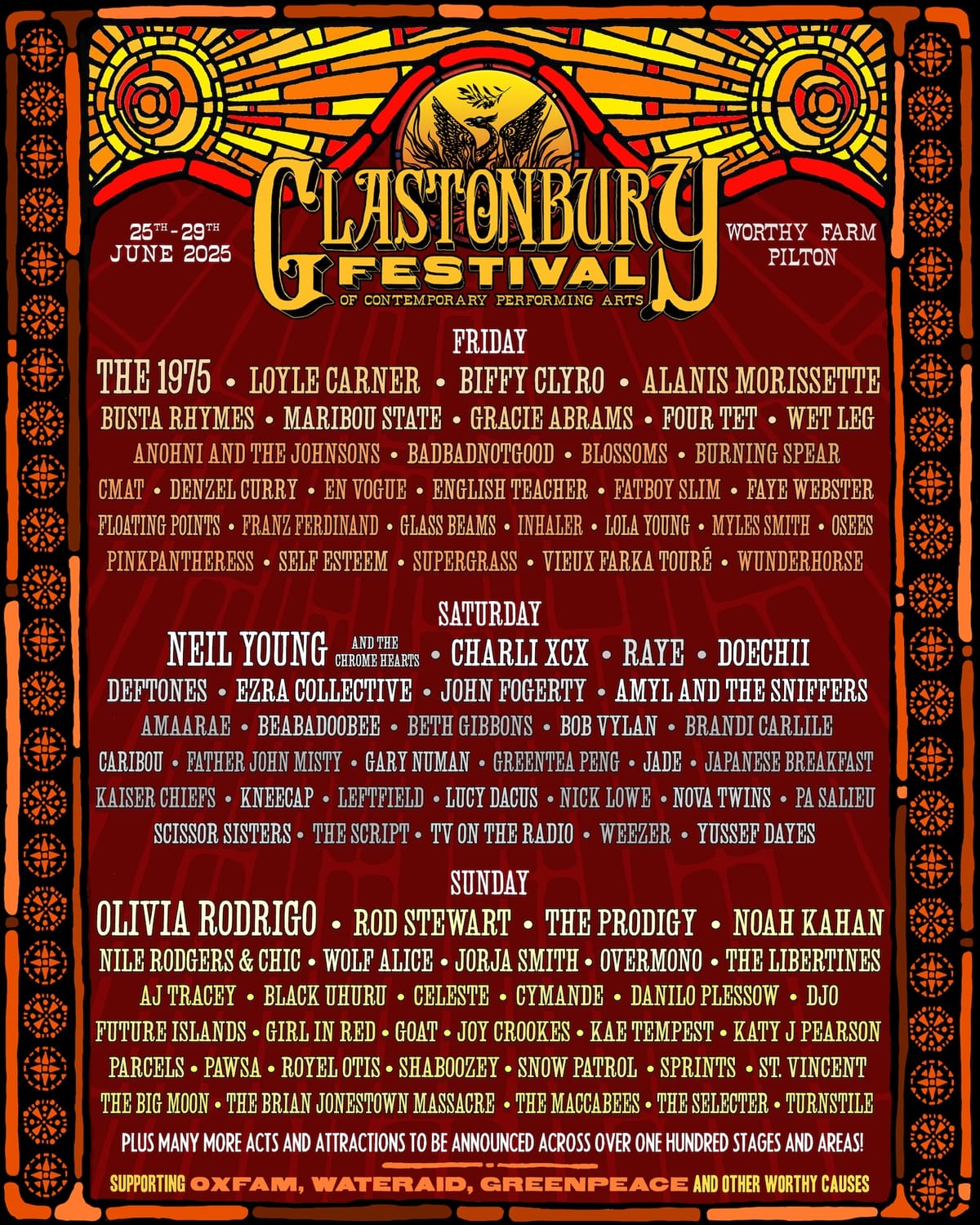 Unofficial Glastonbury Lineup Us Band Confirms Appearance
May 24, 2025
Unofficial Glastonbury Lineup Us Band Confirms Appearance
May 24, 2025 -
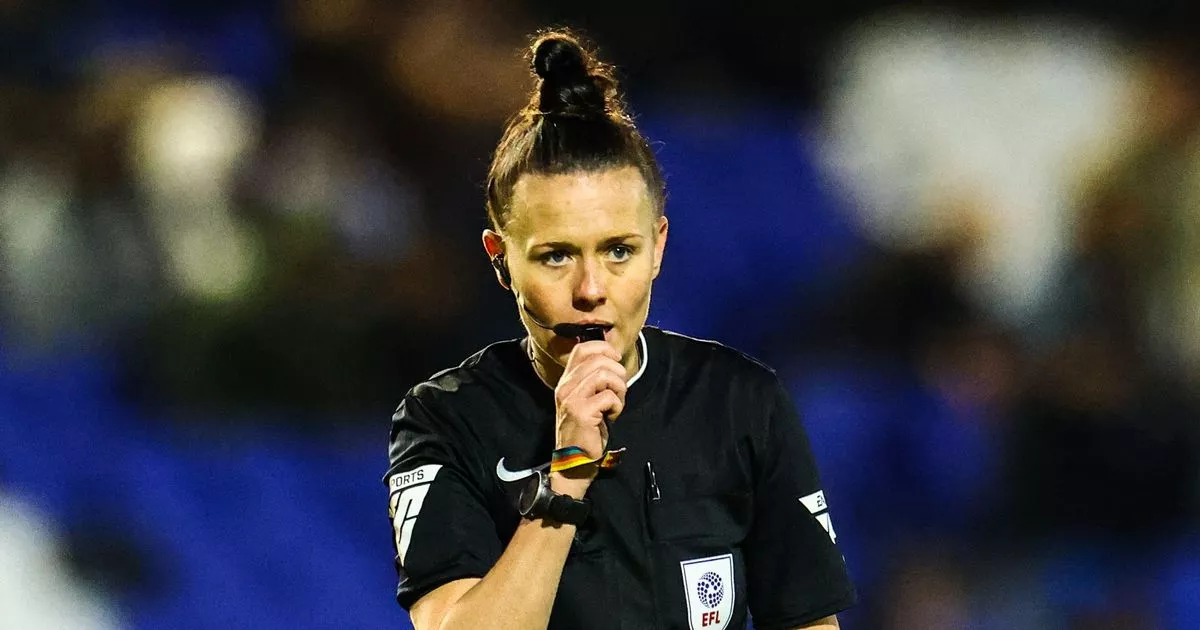 Sexist Chants Aimed At Female Referee Spark Investigation
May 24, 2025
Sexist Chants Aimed At Female Referee Spark Investigation
May 24, 2025 -
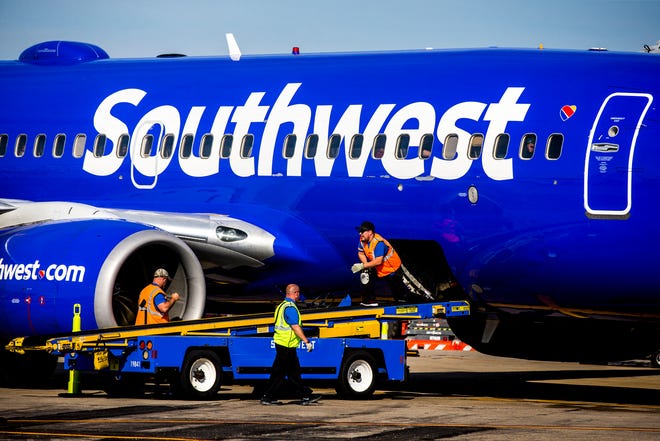 Avoid Memorial Day Travel Chaos 2025 Flight Booking Guide
May 24, 2025
Avoid Memorial Day Travel Chaos 2025 Flight Booking Guide
May 24, 2025
Latest Posts
-
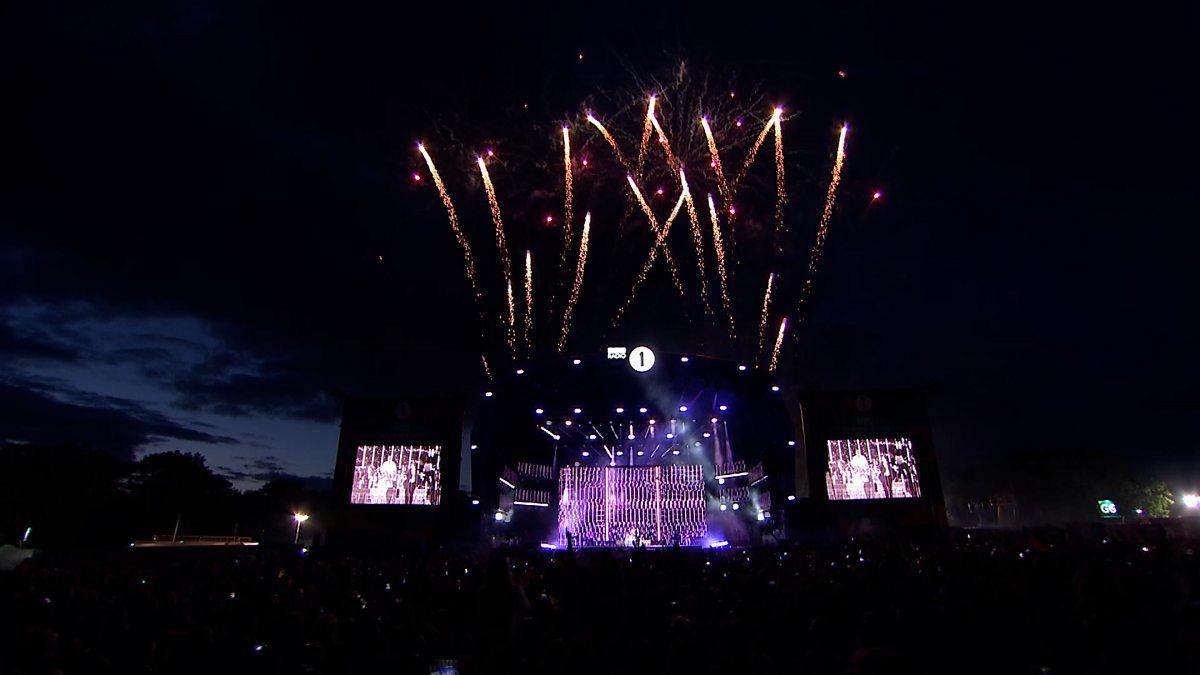 Securing Bbc Radio 1 Big Weekend 2025 Tickets A Sefton Park Guide
May 24, 2025
Securing Bbc Radio 1 Big Weekend 2025 Tickets A Sefton Park Guide
May 24, 2025 -
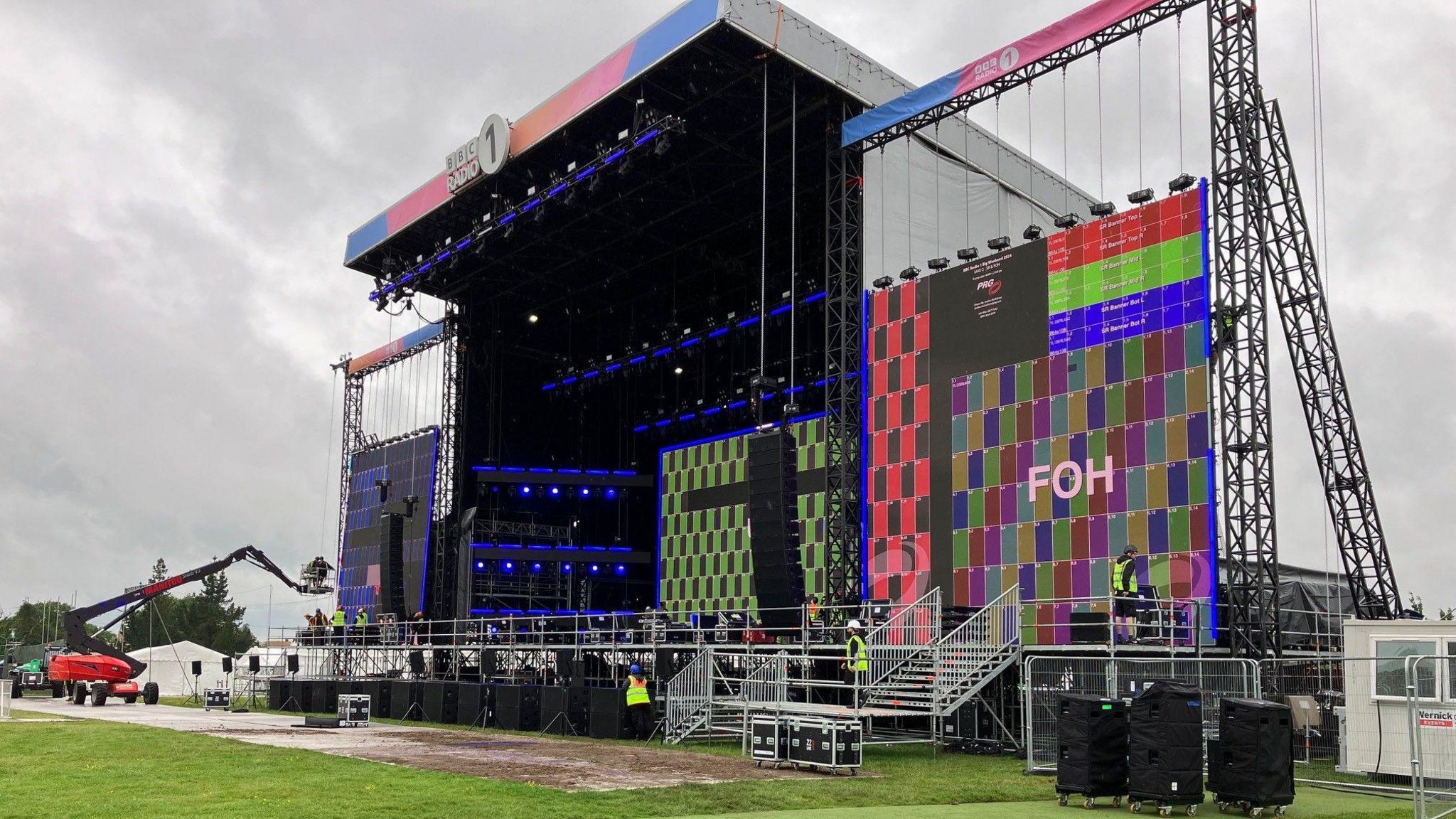 Bbc Radio 1 Big Weekend The Ultimate Ticket Guide
May 24, 2025
Bbc Radio 1 Big Weekend The Ultimate Ticket Guide
May 24, 2025 -
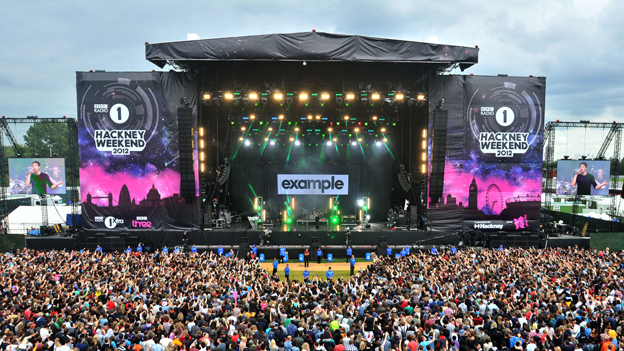 How To Get Bbc Radio 1s Big Weekend 2025 Tickets In Sefton Park
May 24, 2025
How To Get Bbc Radio 1s Big Weekend 2025 Tickets In Sefton Park
May 24, 2025 -
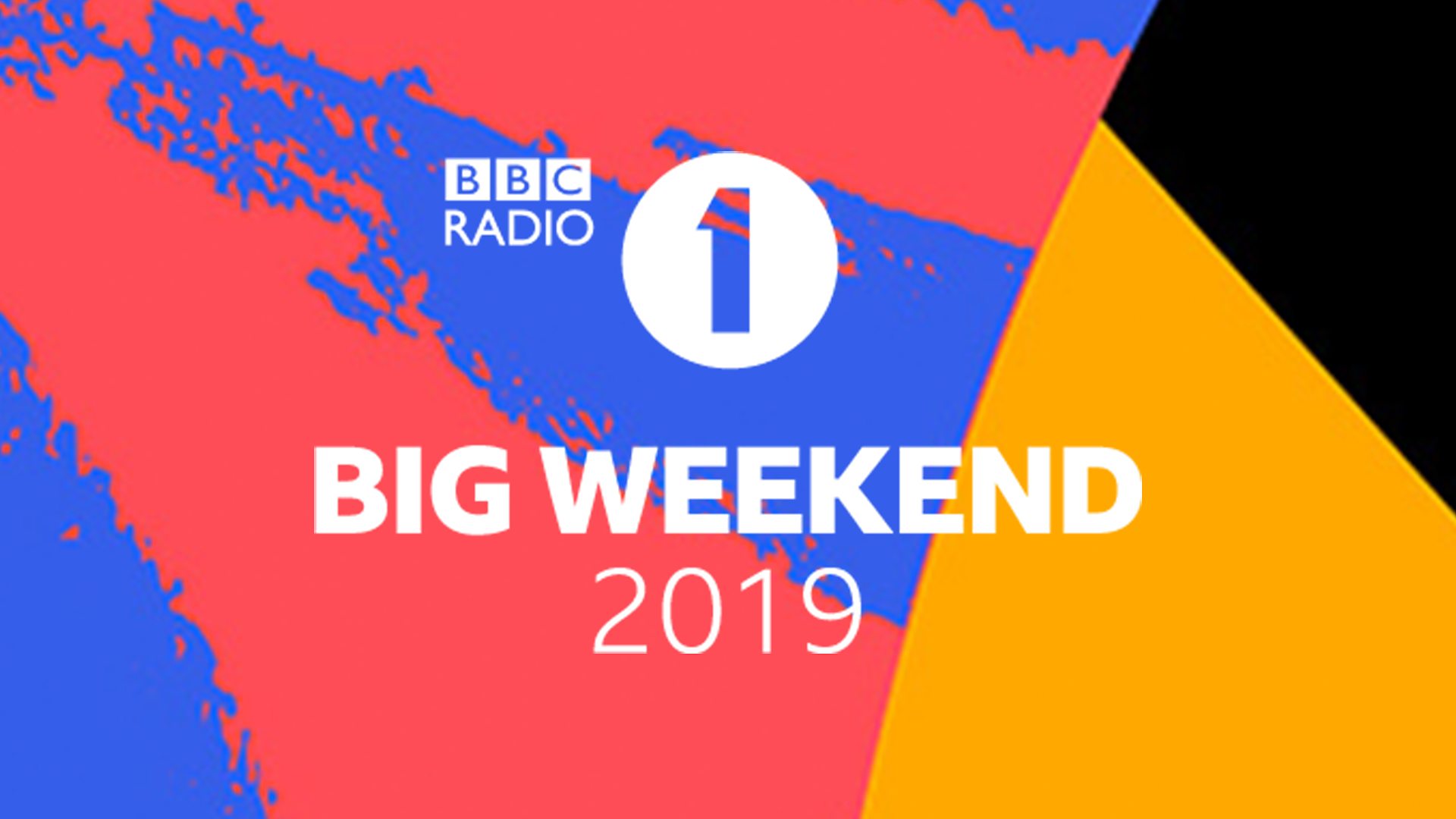 How To Secure Bbc Radio 1 Big Weekend Tickets
May 24, 2025
How To Secure Bbc Radio 1 Big Weekend Tickets
May 24, 2025 -
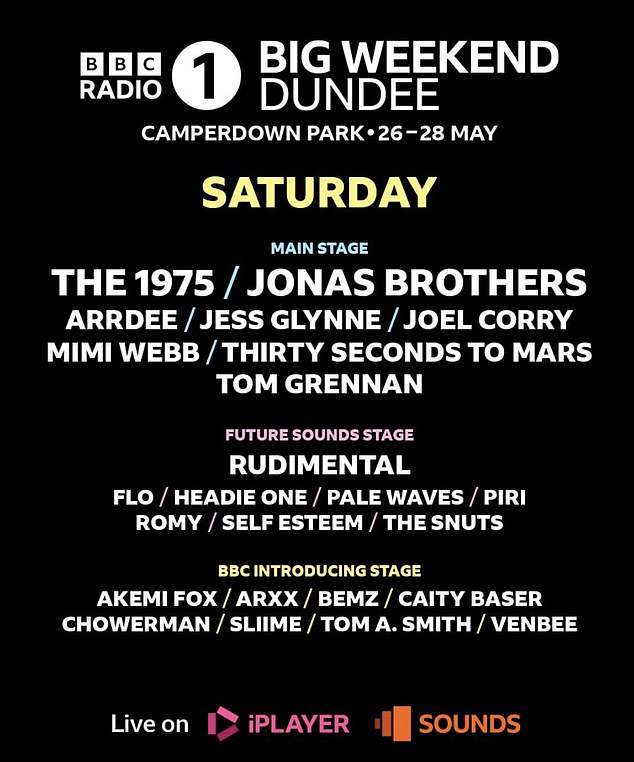 Get Your Bbc Radio 1 Big Weekend Tickets A Step By Step Guide
May 24, 2025
Get Your Bbc Radio 1 Big Weekend Tickets A Step By Step Guide
May 24, 2025
